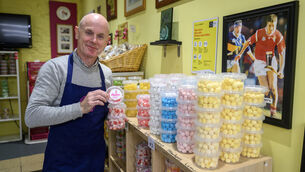What is Bonfire Night and where does the Cork tradition come from?
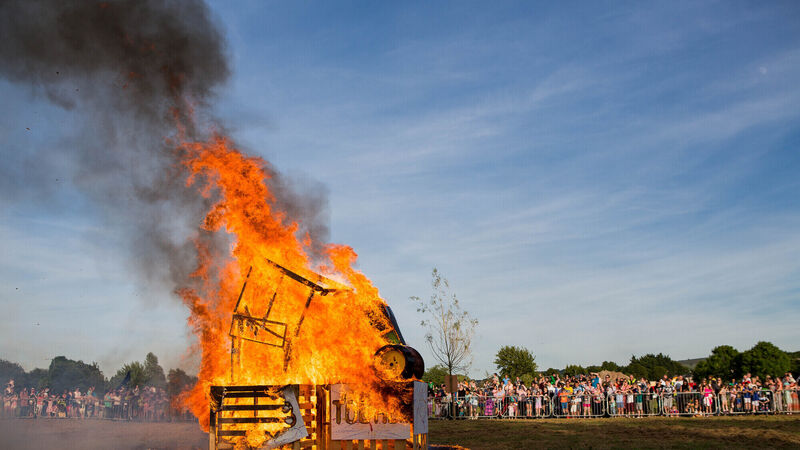
The "Togher 2018 Tractor" sculpture built by Dowtcha Puppets and local teenagers, after being set alight at the Cork City Council Bonfire Night family fun event at Clashduv Park, Togher, Cork. Picture: Michael O'Sullivan/OSM PHOTO
Bonfire Night or ‘Bonna Night’ takes place every June just after the Summer solstice. While this is a very old tradition, Cork city continues to be one of the very few areas that still celebrates it.
But what is Bonfire Night and how did it all start? We take a look at its origin and how it has changed over the past number of years.
Better known as Bonna Night in Cork, the event is held on June 23, which is St John’s Eve. Traditionally, the night saw different communities across Cork city light bonfires to mark the occasion. It is one of Cork’s oldest traditions.
The origin of Bonfire Night dates back to pagan times and a Celtic celebration that was held in honour of the goddess, Áine. Sometimes represented by a red mare, Áine is the Irish goddess of summer and is connected to the sun and midsummer. It is also believed that she had the power to ensure a bountiful harvest.
According to Irisharcheoloogy.ie, the bonfires were traditionally lit at sundown throughout the countryside and were the focal point of the night’s celebrations, which involved singing, dancing and prayer. Young men would also leap through the flames as a way of proving their bravery.
The night involved customs that were believed to ensure a plentiful harvest. Weeds would be burned in the flames while the ashes would then be scattered on the land.
Later, the Catholic church linked the long-standing tradition to the birth of St John the Baptist. The church’s belief is that St John’s baptism of Jesus brought the world out of darkness, which is why bonfires are used to mark the occasion.
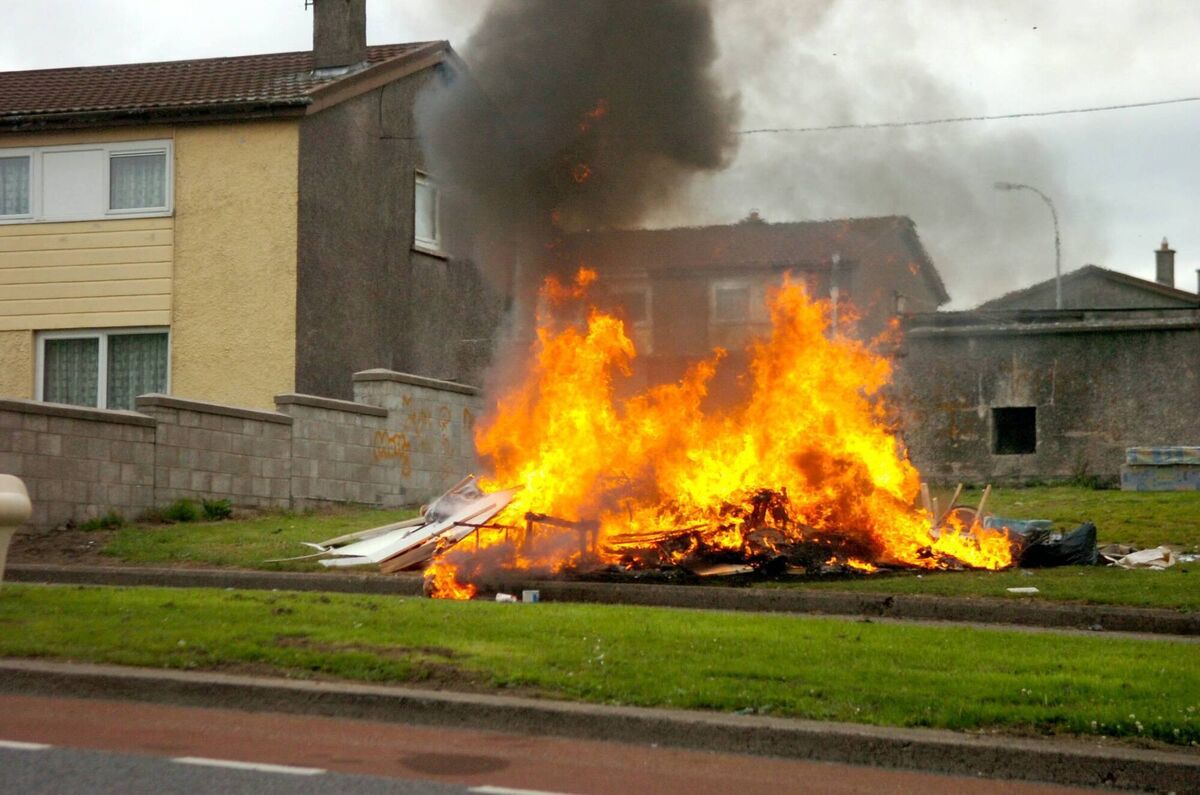
Today, the tradition has mostly died out aside from in some parts of the West of Ireland and Cork city — where it has continued to be celebrated every year. In 2014, Cork City councillor and local historian Kieran McCarthy told the that he believes Cork’s very strong sense of place and identity is why the custom has continued here despite dying out in other areas. “We keep on a lot of traditions in Cork, we’re slow to let go of them and it’s been difficult to out these fires,” he said at the time.
Bishop Lucey had attempted to ban the bonfires in Cork in 1952/1953 but the tradition lived on in the city.
However, in the mid-2000s in the city, concerns over 'Bonna Night' led to a change and more of a focus on alternative family-friendly events and activities.
It came after local community groups in Cork raised the negative impact of the night with City Council, citing issues with anti-social behaviour, littering and damage to green areas as a result of the bonfires.
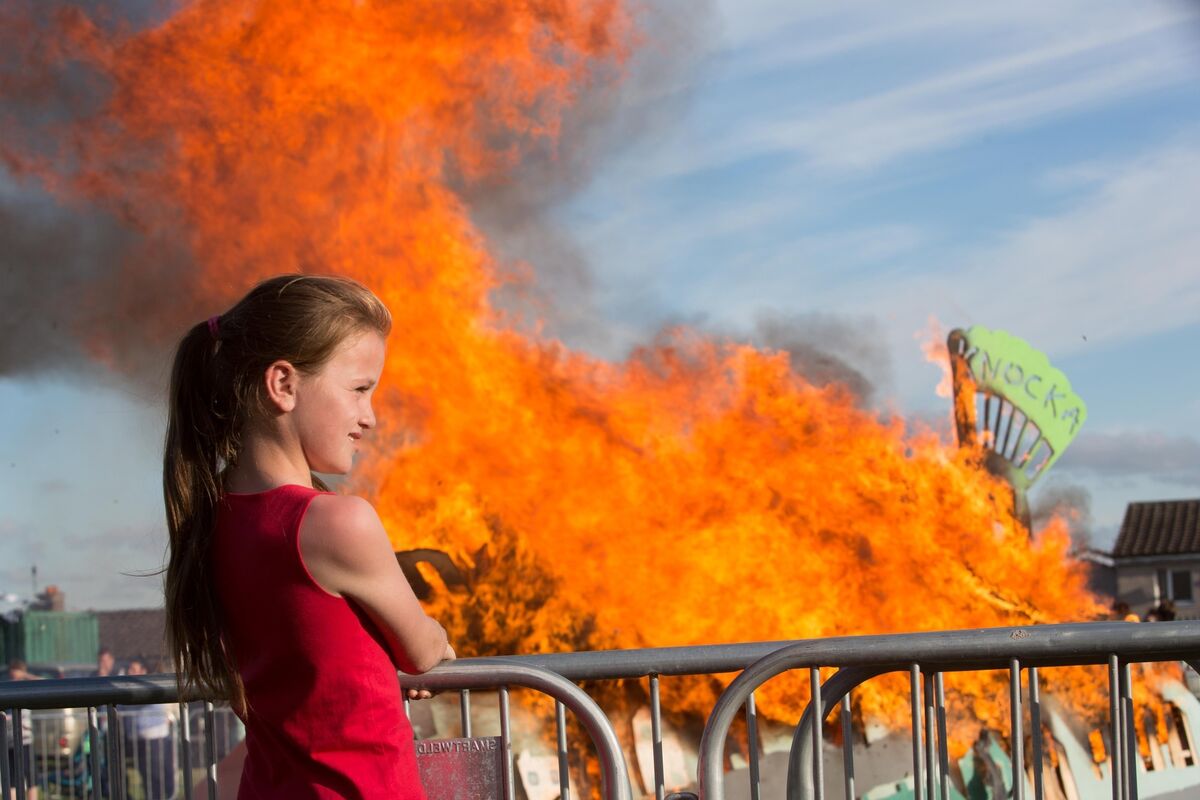
In 2007, a pilot Bonfire Night Project was initiated in order to offer alternative events and activities to the illegal bonfires. Its concept remains a key part of Bonna Night to this day with family-friendly events held at the city’s parks each year on June 23. The official events take place in five parks across Cork city — Loughmahon Park in Mahon, Clashduv Park in Togher, Glenamoy Park in Mayfield, Comeragh Park in The Glen, Kilmore Road Park in Knocknaheeny and Pophams Park in Farranree.
The project was supported by Cork City Council, gardaí, and local community groups and committees and led to fewer bonfires and more of a family-friendly focus with the creation of ‘Summer Fun Nights’.
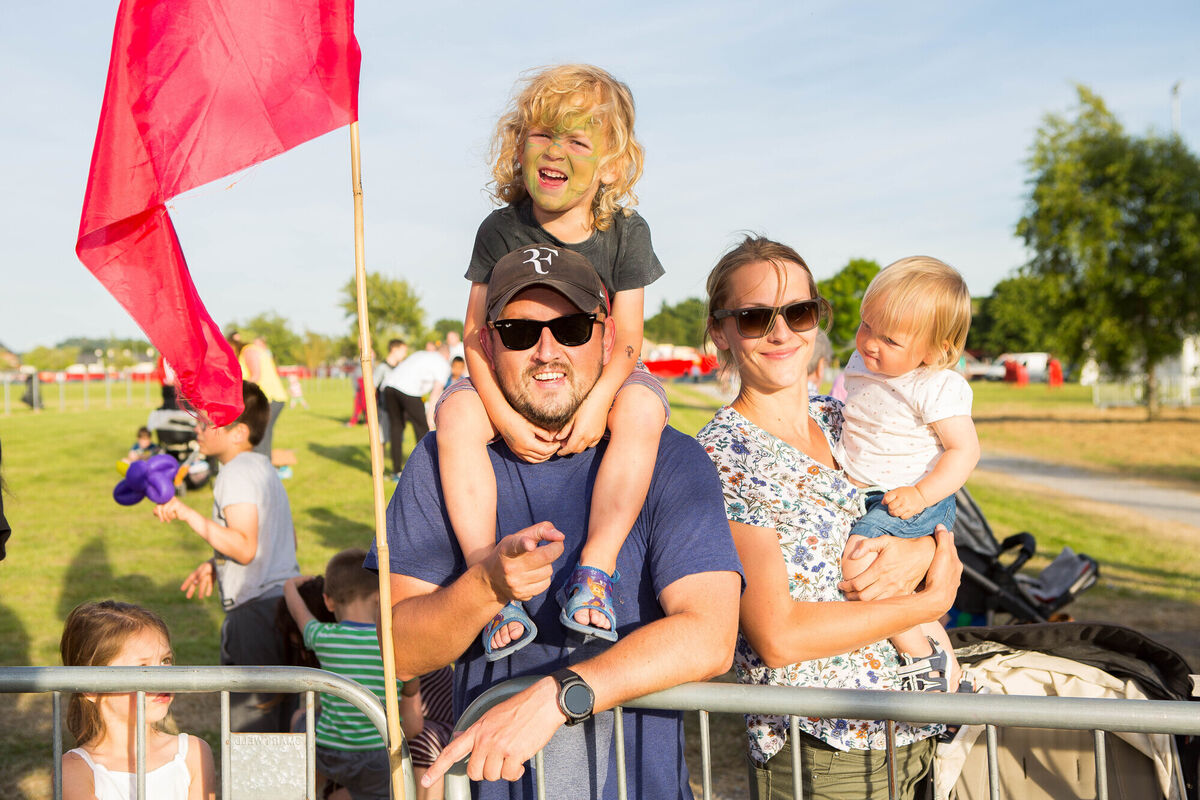
With the launch of the Pilot Bonfire Night Project, there was a reduction in the number of problem fires in the city on the night and fewer callouts to the Cork City Fire Brigade.
In 2017, marking ten years since its inception, it was noted that gardaí had also reported a reduction in anti-social behaviour on the night.
Also known as Nonfire Night, June 23 has undergone a serious makeover since the mid-2000s, paving the way for a new type of event. Instead of being about illegal bonfires, the night is now filled with family-friendly fun while also paying homage to its pagan roots and traditions.






